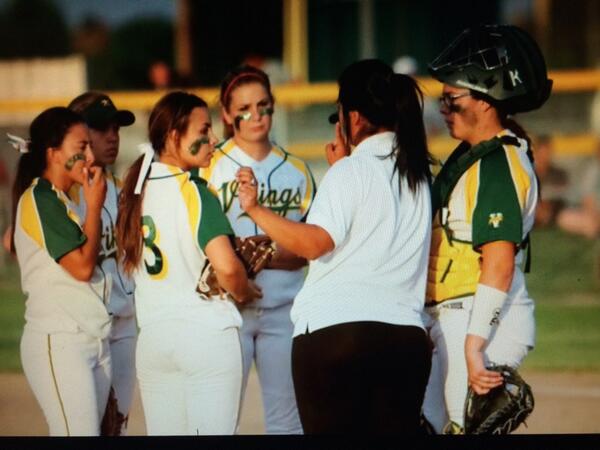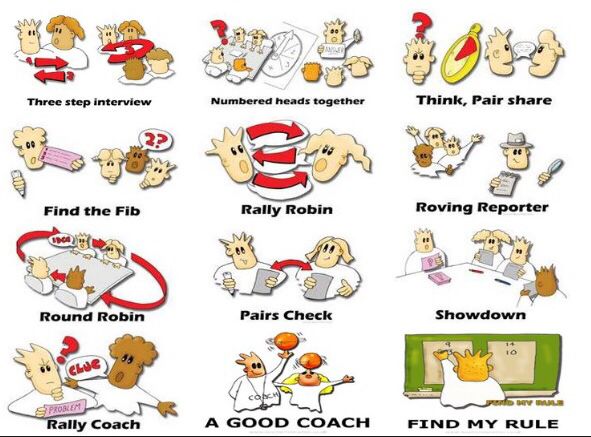During my four years in high school, I just wanted to do well. I started playing travel softball at the age of 12. I would travel up and down California and even across the country every summer to play in a large National Tournament. As I got older, the idea of college ball became an interesting concept. I decided this was my goal. I wanted to go to a college on a softball scholarship. Therefore, in order to do this, I needed to have the best grades and take the right classes. I needed to look good on paper, prior to applying to the schools of my dreams. The next step, was to create a "skills video" that displayed my softball ability at peak performance. Needless to say, I earned a softball scholarship to the Division I, University of Toledo. I would say that my desire to play college softball motivated me both intrinsically and extrinsically. I listened to my coaches directions and followed close instructions of the "do's and do-not's" of recruiting. After tournaments when I was allowed to talk to college coaches, I was surprised by how many colleges "found out about me", when they were never on my list. (Toledo being one of those schools that just showed up one day). I have had many coaches that inspired me throughout the years and continue to do so, now that I am a coach.
In my current English 1 class we are discussing Romeo and Juliet. We are also focusing on the idea of which plays a bigger role in your lives, Fate/Destiny or Personal Choices. I like to tell my story to the students to help jump start them thinking about the topic. Was it Fate/Destiny that the Toledo Coach just happened to come to my game to watch another player, but fell in love with my talent? (Remind you, I NEVER even knew Toledo existed.) Or was is a personal choice some how?
Now that I am my fourth year of teaching high school English, I love helping students find their calling. If you look at the idea chart below, the first idea is to share your story with your students. Sometimes, students feel that it is difficult to open up because they are afraid no one is there to listen. However, by starting units or discussions with personal anecdotes, it can help students make their own personal connections to the stories or texts you read. This year I have also promoted the concept of "Positive self talk". This means that if someone makes a negative comment, we try to rewrite it or restate it in a positive manner. I would like to say that I build a lot of trust between my students and I. I like to have a personal connection to a majority of the class, if not everyone. Just by having a brief conversation with someone can make all the difference.
A Bell's Palsy Nightmare:
When I was in 8th grade, I developed Bell's Palsy caused by tremendous amounts of stress. (Mainly because of softball and the horrible coach I had at the time). It stayed for about 3 months. However, during those three months, I was DEVASTATED, not even school softball could help me feel better. I was walking around the school with one side of my face completely numb and unable to function. I was constantly drooling and food would fall out of my mouth when I would try to eat. It just got to the point where I wanted to stop coming to school. Most of my teachers were pretty supportive. They never commented about it and just let me do my own thing. However, I was in a class called "extended science". During that time, we were observing material through a microscope. Well, unfortunately for me, I couldn't effectively close my eye to look through it. When I asked my teacher if there was something else I could do, she replied, "Well that's not my problem," and walked away. She just made me hate school even more. I began to copy off of my friends because I couldn't complete the work on my own. When I finally told my mom about my slipping grade and how I felt "stupid" and "useless" in her class, the damage was done. My spirit was crushed. Luckily, she allowed me to complete extra work to make up for my temporary disability. To this day I am self-conscious about pictures. I can tell my "Bell's Palsy side" vs. my normal side and it upsets me all over again, bringing back that trauma I endured by the veteran science teacher. As I type my blog my "Bell's Palsy" eye is twitching. I live in fear that one day I will stress myself out again, causing it to return.
This is a story I also share with my students to help show them that I am only human. By confronting my flaws and fears, I help them also tackle their issues with body image. I have learned to NOT judge students when they tell me their disability prevents them from performing a task. It helps the student when you do research in regards to their issue to better understand, rather than assume you know what they are going through. If my teacher showed me she was willing to work with me, I might not have felt so unhappy in her class, and grew to like science more that I do now. In my English 2 class we are working on a unit entitled, Blindness and Sight. The idea is to discuss what it really means to "see". In the unit are excerpts from Helen Keller, Ray Charles, and Stevie Wonder. I use this unit to help students step into the shoes of others with visual disabilities. Last year, when I had a student diagnosed with a rare blood cancer, I asked if he would be comfortable sharing a small presentation with the class. The student agreed and was even proud that they were embracing it. He told me that trying to hide his illness was starting to cause more stress and it weighed on him. He thanked me for allowed him to share his story and help the students in the class become aware.






